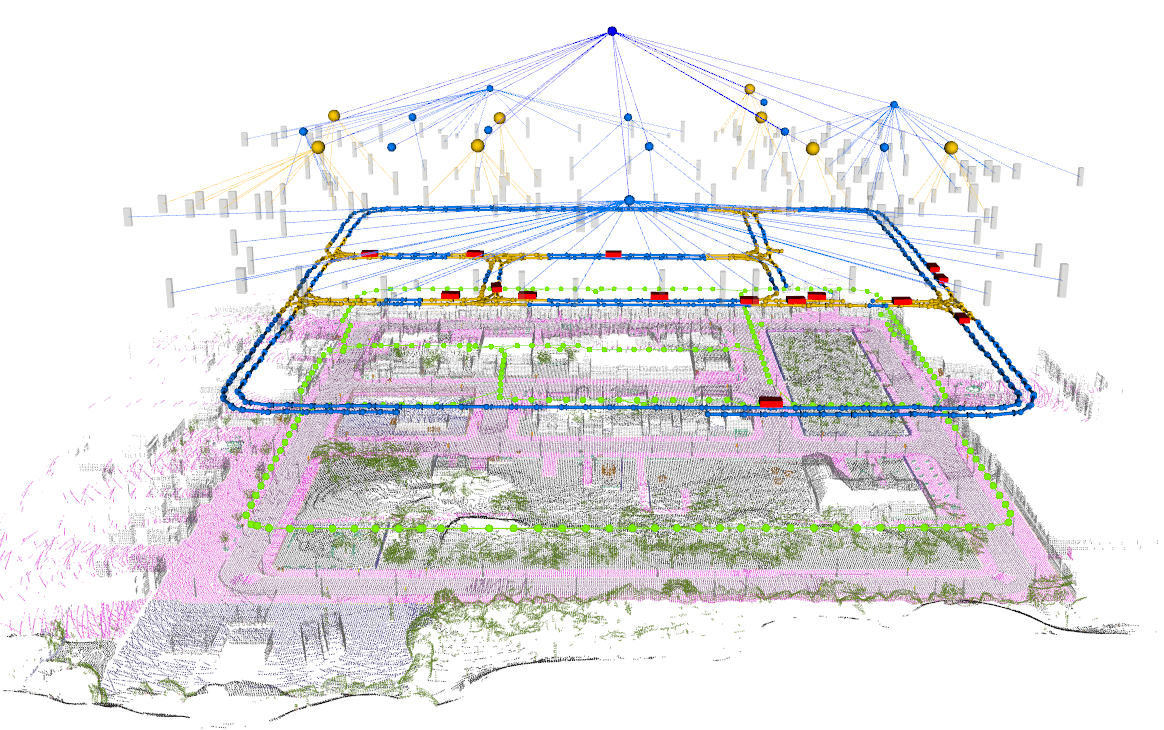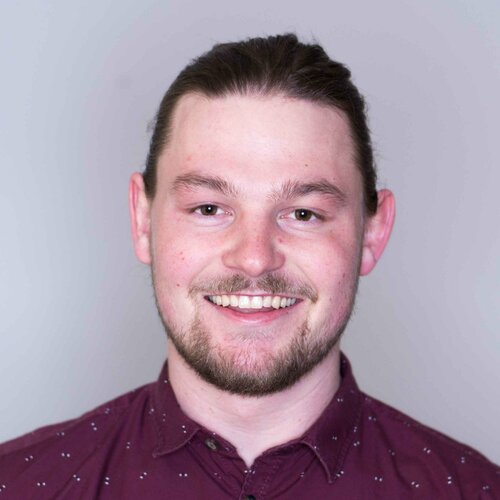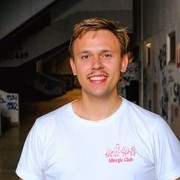
Maps have played an indispensable role in enabling safe and automated driving. Although there have been many advances on different fronts ranging from SLAM to semantics, building an actionable hierarchical semantic representation of urban dynamic scenes from multiple agents is still a challenging problem. In this work, we present collaborative urban scene graphs (CURB-SG) that enable higher-order reasoning and efficient querying for many functions of automated driving. CURB-SG leverages panoptic LiDAR data from multiple agents to build large-scale maps using an effective graph-based collaborative SLAM approach that detects inter-agent loop closures. To semantically decompose the obtained 3D map, we build a lane graph from the paths of ego agents and their panoptic observations of other vehicles. Based on the connectivity of the lane graph, we segregate the environment into intersecting and non-intersecting road areas. Subsequently, we construct a multi-layered scene graph that includes lane information, the position of static landmarks and their assignment to certain map sections, other vehicles observed by the ego agents, and the pose graph from SLAM including 3D panoptic point clouds. We extensively evaluate CURB-SG in urban scenarios using a photorealistic simulator and release our code.









